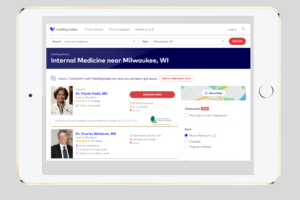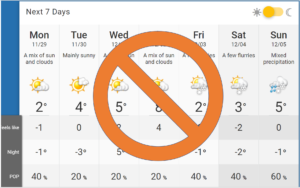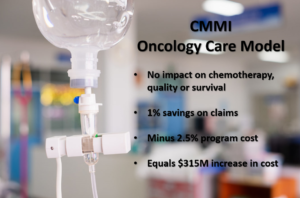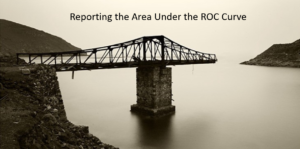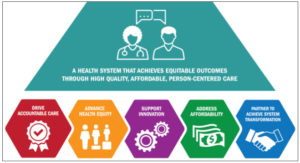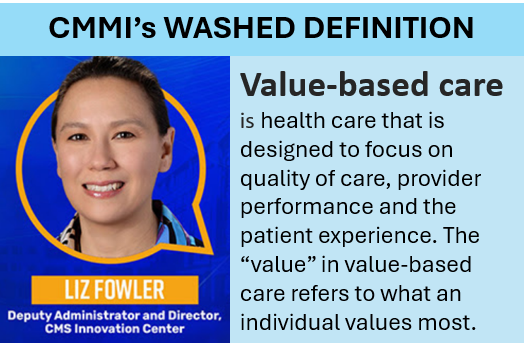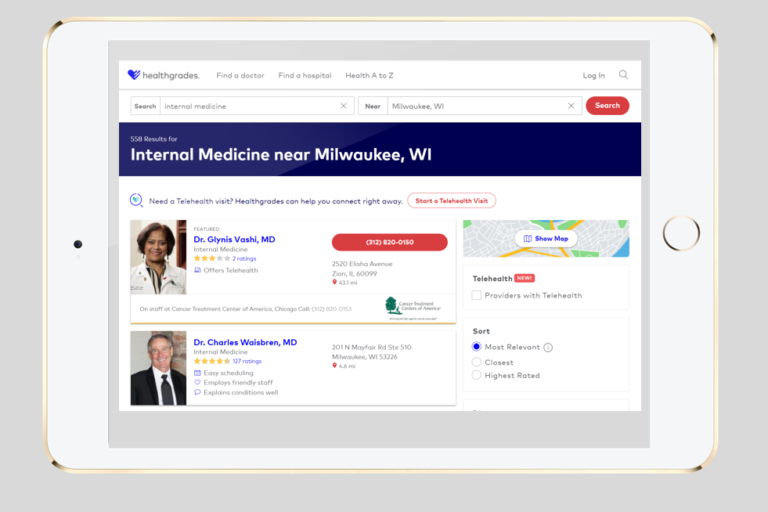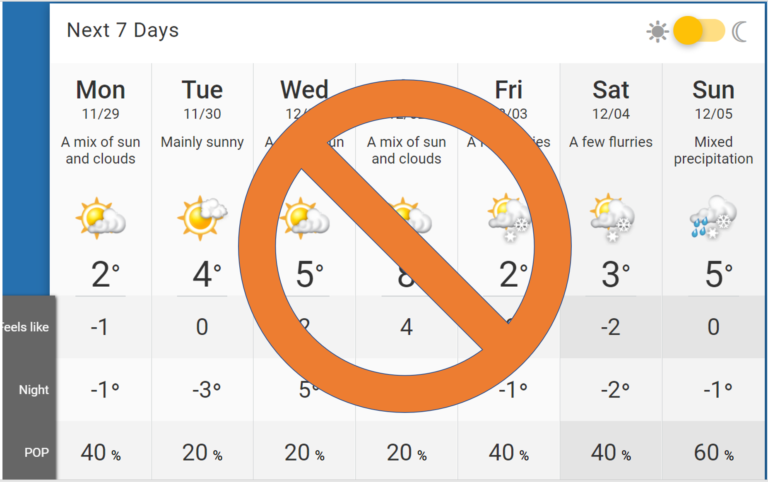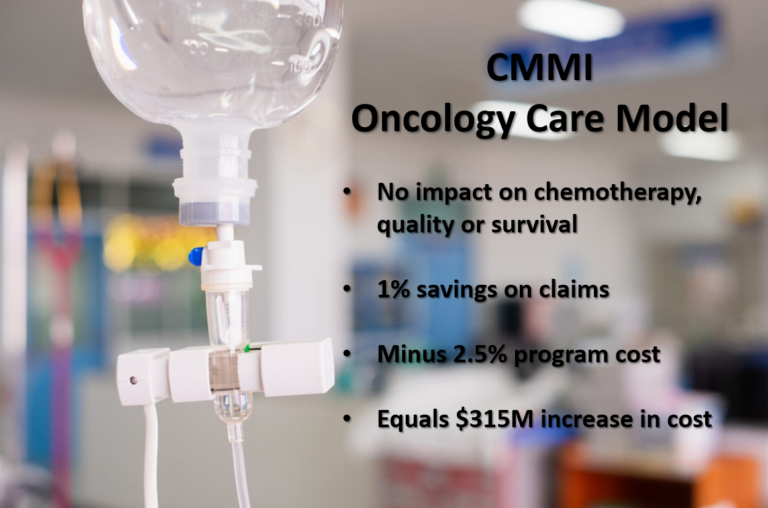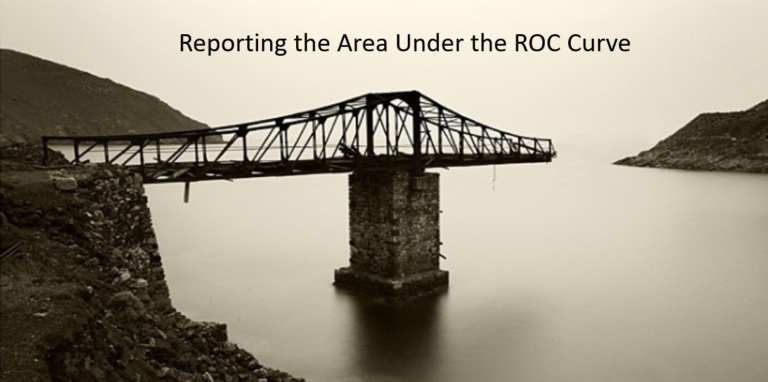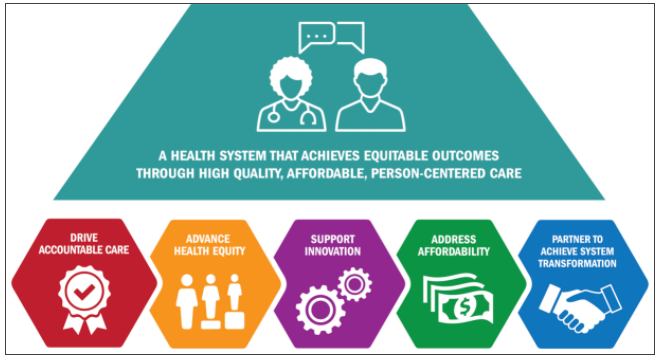I recently had the opportunity to lead a series of discussions with leaders of government and health care organizations working to develop a COVID-19 pandemic strategy. I’ve found it very helpful to use analogies and metaphors to make it easier for people without formal epidemiology and public health training to wrap their heads around different COVID-19 pandemic strategies. In particular, three analogies have been particularly useful. The first two are straight forward. The third analogy required a bit more explanation, but proved to be the most memorable and useful to the leaders.
The Forest Fire Analogy

Lightning has struck on the other side of a river, starting a forest fire. Burning embers are blowing in the breeze to our side of the river, where our village is located. Some of the burning embers land on dry brush, starting small fires. People from our village are running around and looking through binoculars to find those fires as quickly as possible so we can throw buckets of water on them before they get too large. We’ll be OK as long as we can keep up. We’ll be running around as long as there is a fire burning on the other side of the river. If we fall behind, our village will surely burn.
The Genie in a Bottle Analogy

We find a bottle with a Genie living inside. We know the Genie was put into the bottle long ago because he makes trouble. But the Genie is promising to grant us wishes if we let him out. We think we can let him out for a little while so our wishes can come true. But, once he is out, we find it hard to get him back in and we regret our decision.
The Trucker in the Mountains Analogy
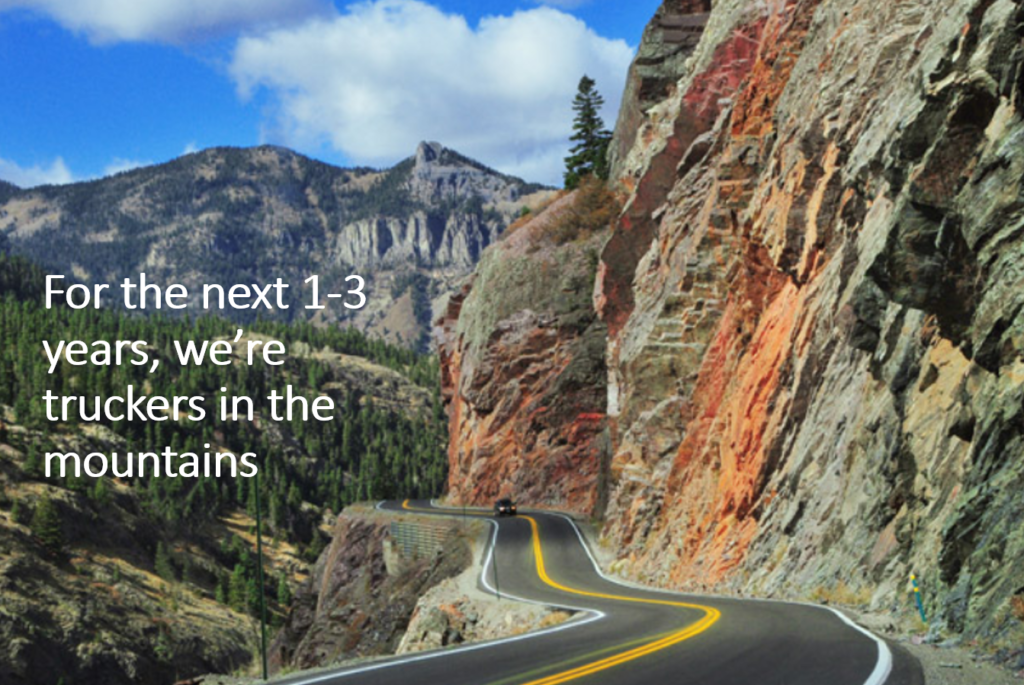
We are driving an 18-wheeler truck on a narrow twisting road near the top of a mountain. On one side of the road is a cliff. The mountain is called the Covid Susceptibility Mountain because the top of the mountain symbolizes the starting condition of the novel coronavirus where nobody has yet been infected and nobody has been vaccinated, so 100% of the people are vulnerable to getting infected. At the foot of the mountain lies the Valley of Herd Immunity. That is where the percentage of susceptible people is sufficiently low that the virus has trouble finding enough victims to continue to spread, and it dies off to a lower, more manageable level — a level described as “herd immunity” or “population-level immunity.” No one knows the exact level of susceptibility at which herd immunity is achieved, but one study suggests the number is 30%.

On the side of the road we see a sign warning of steep grades ahead.

We know from our years of truck driving experience that if we go too fast, we could lose control and careen off the cliff — causing the rate of new cases to exceed the capacity of the health care system to provide good care — particularly for such limited resources as hospital beds, ICU beds, ventilators, and any limited-supply COVID-19 treatments that may be developed.
We also know from experience that if we stand on the brakes too hard, we risk burning out the economy, risking chaos and destruction, and we won’t make progress getting down to the Valley of Herd Immunity.
So, we are stuck with white-knuckles and the tedious and tiring work to safely make our way down the mountain.
In my next COVID-19 blog post, I will use these analogies to help explain five Pandemic Response approaches, and make the case why one of them – Harm Index Minimization, is the best.


